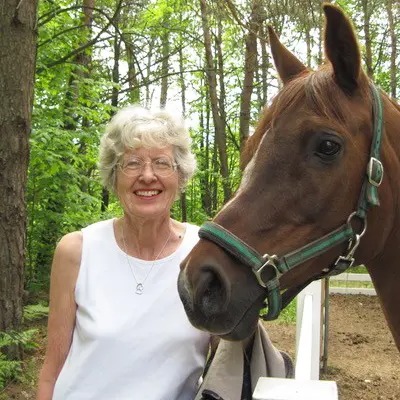Ethology & Behaviour Modification
Species
Equine
Contact Hours
2.5 Hours - RACE Approval Pending
Language
English
Discipline
Behaviour
Veterinary Partners
Global



North America

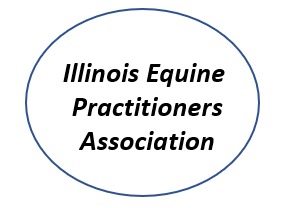


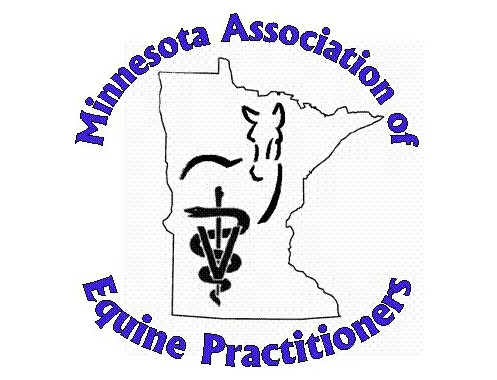



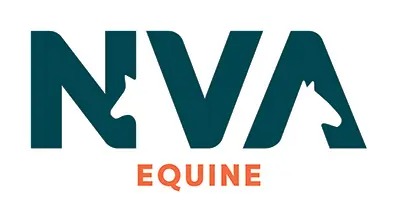




Europe

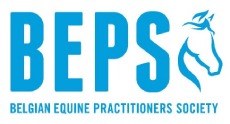




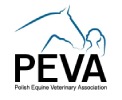






Middle East & Africa

Asia-Pacific


Time: London 6PM / Paris 7PM / New York 2PM / Sydney 5:00AM (+1)
Part of the Clinical Equine Behaviour - Science, Welfare & Behavioural Medicine Online Lecture Series
CONTENT DESCRIPTION
Equine ethologists studied feral horses in the United Kingdom and France as well as the North American Great Plains and barrier islands. One important finding was that the horses spent more than half their time grazing. In addition, they rarely moved faster than a walk and were almost never alone. The contrast between their time budgets and those of most racehorses, show horses and even horses used only for leisure activities reveals what may be the causes of stereotypes and misbehaviours.
The time budget of and resources available to wild horses provides a critical model for management practices and behaviour benchmarks. It is not, however, not always possible or practical to replicate the wild in a managed environment. Furthermore, wild horses may not experience ideal welfare conditions. A goal for managed horses is to maximize welfare by meeting their physical, social, and even psychological needs. Problematic behaviours can often be avoided or changed by arranging their living environment to meet these needs and by changing misbehaviour using evidence based and ethically sound behaviour modification techniques such as habituation, counterconditioning, and differential reinforcement.
Bio to follow
More InfoKatherine Houpt, V.M.D, Ph.D., received her veterinary degree and her PhD from the University of Pennsylvania and is board certified by the American College of Veterinary Behaviorists. Dr Houpt specializes in the treatment of behavior problems of animals, primarily dogs, cats, and horses. She directed the Animal Behavior Clinic and taught at the College of Veterinary Medicine, Cornell University, where she is James Law Professor of Behavior Medicine, emeritus.
Dr Houpt is the author with Lee Boyd of Przewalski’s Horse: The History and Biology of an Endangered Species and with Margit H. Zeitler-Feicht of Horse Behaviour Explained: Origins, Treatment, and Prevention of Problems. Dr. Houpt has published a textbook titled Domestic Animal Behavior, now in its fifth edition, as well as numerous scientific articles.
Her current research interests are cribbing and pawing. She has ridden and fallen off horses in more countries than most people have visited, and rides her chestnut Arabian Mare and drives her Swedish Gotland pony.
Qualified Vet
Webinar
USD 180.00
Intern/Resident/PhD (Requires proof of status)
Webinar
USD 135.00
Vet Nurse/Vet Tech (Requires proof of status)
Webinar
USD 135.00
Physiotherapist / Physical Therapist
Webinar
USD 135.00
Farrier
Webinar
USD 135.00
Non-veterinary Attendee
Webinar
USD 135.00
Veterinary Student (Requires proof of status)
Webinar
USD 35.00
If the options you are looking for are unavailable, please contact us.
No tax will be added unless you are a UK taxpayer
Choose currency at checkout

 Wed, 18 March, 2026
Wed, 18 March, 2026
 02:00 pm - 04:30 pm
(Your Local Time Zone)
02:00 pm - 04:30 pm
(Your Local Time Zone)






